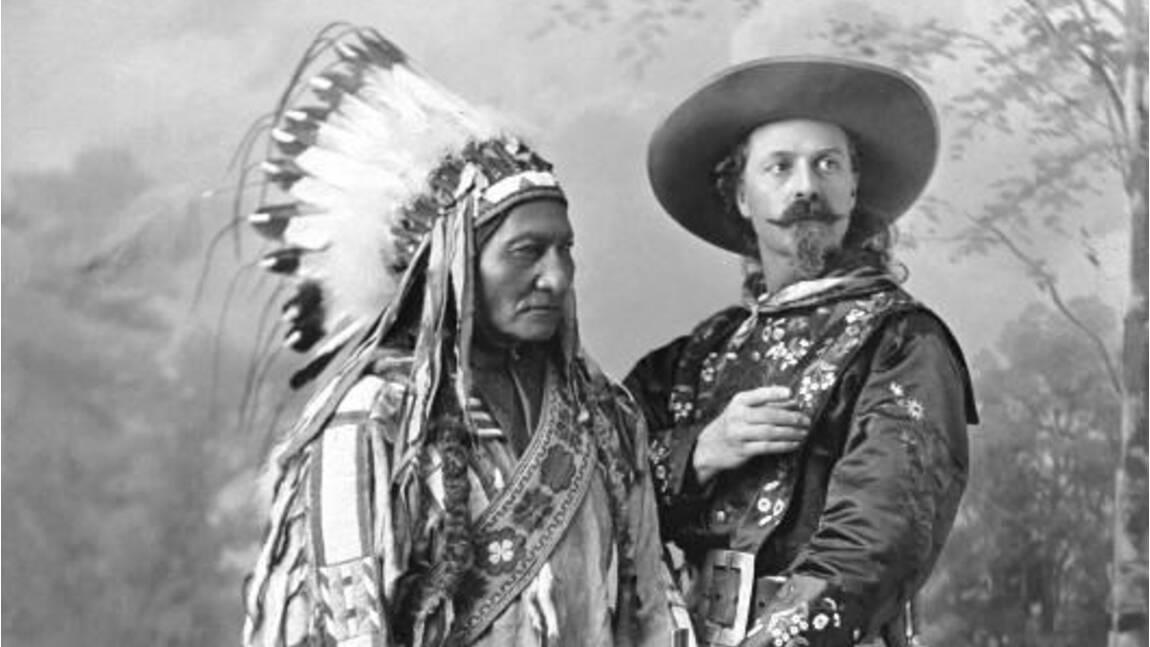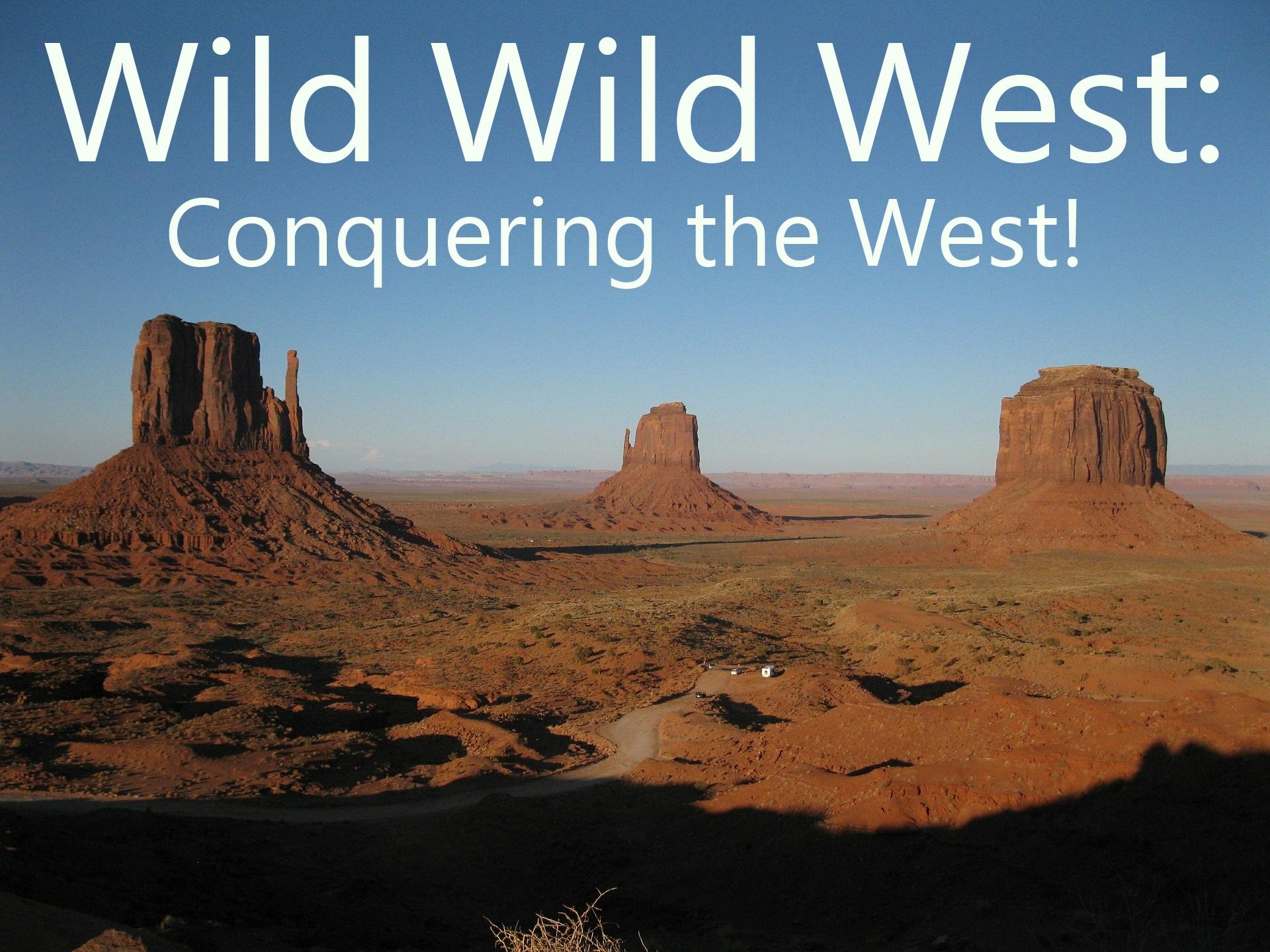2 words game Varuna
On 18/04/2025
Today we’re going to talk about Varuna!
Embody a scientist on mission on Varuna, from 1 player aged 14 and more for 20 minutes, discover and study the aquatic dinosaurs from the second planet of Demeter !
It has the particularity of being 89% covered by oceans and populated by dinosaurs, the vast majority of which are aquatic. It is therefore aboard a state-of-the-art exploration submarine that you will discover the almost twin sister of Demeter 1.
A flip and write that takes place in the space universe of Ganymed and Demeter.
You will also be able to use and improve your submarine, make discoveries, progress in research, use a sonar to locate and better understand these underwater species.
A game of Demeter lasts 13 turns. Each turn, players perform 3 phases: reveal a card from each deck, choose a card( suffer any damage and trigger the action of the selected card) and resolve the bonus corresponding to the chosen card.
The game ends at the end of the 13th turn and players score Mission Points in several categories: species discovered entirely, use of sonar, diversity of species discovered, fish studied, scientific objectives, etc.
Add these categories, then subtract the damage suffered by your submarine. The player with the most Mission Points wins the game!
Good day and good game ;)









Add a comment